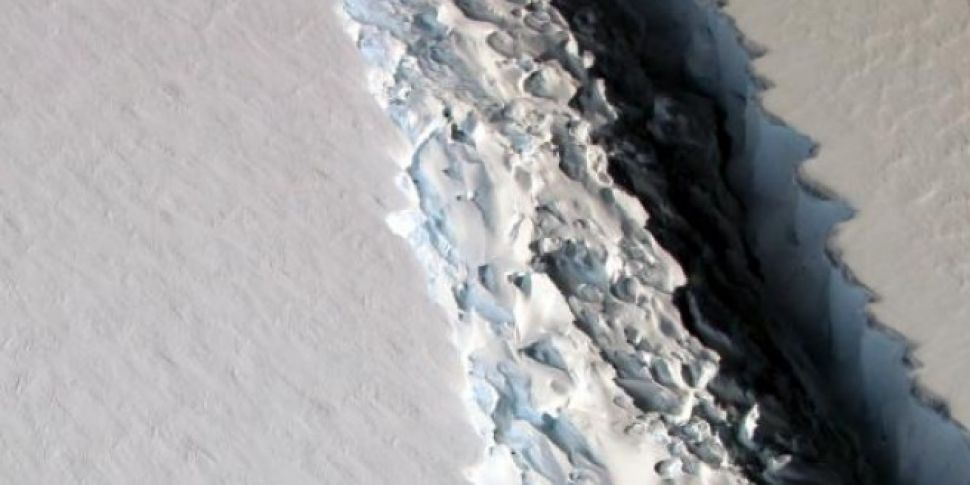A trillion-ton iceberg has broken off the West Antarctic ice shelf, say scientists monitoring the area.
The 2,200 square mile section of the Larsen C ice shelf snapped off at some time between Monday and Wednesday, said the team at Swansea University.
While cracks happen periodically - and this one is believed to have been a natural event - experts are also watching to see whether the process has been affected or accelerated by global warming.
Researchers at the university had warned in June that the vast iceberg was "hanging by a thread" and close to breaking off.
The breakaway section - more than a quarter of the size of Wales - changes the landscape of the peninsula forever, scientists said.
The release of the new iceberg - called calving - was detected by a NASA satellite and poses a potential risk to cruise liners and shipping traffic in the peninsula.
It has reduced the size of the Larcen C ice shelf by 12% and experts fear it may disintegrate - as did its previous neighbour the Larsen B ice shelf in 2002.
As the iceberg was floating before it snapped, it is thought the break will have no immediate impact on sea level.
Professor Adrian Luckman, spearheading the monitoring project, said: "We have been anticipating this event for months, and have been surprised how long it took for the rift to break through the final few kilometres of ice.
"We will continue to monitor both the impact of this calving event on the Larsen C ice shelf, and the fate of this huge iceberg.
"The iceberg is one of the largest recorded and its future progress is difficult to predict. It may remain in one piece but is more likely to break into fragments.
"Some of the ice may remain in the area for decades, while parts of the iceberg may drift north into warmer waters."
His colleague Dr Martin O'Leary added: "Although this is a natural event, and we're not aware of any link to human-induced climate change, this puts the ice shelf in a very vulnerable position.
"This is the furthest back that the ice front has been in recorded history.
"We're going to be watching very carefully for signs that the rest of the shelf is becoming unstable."
Larsen C is 350 metres thick and is the largest and most northerly of the Antarctic ice shelves.









